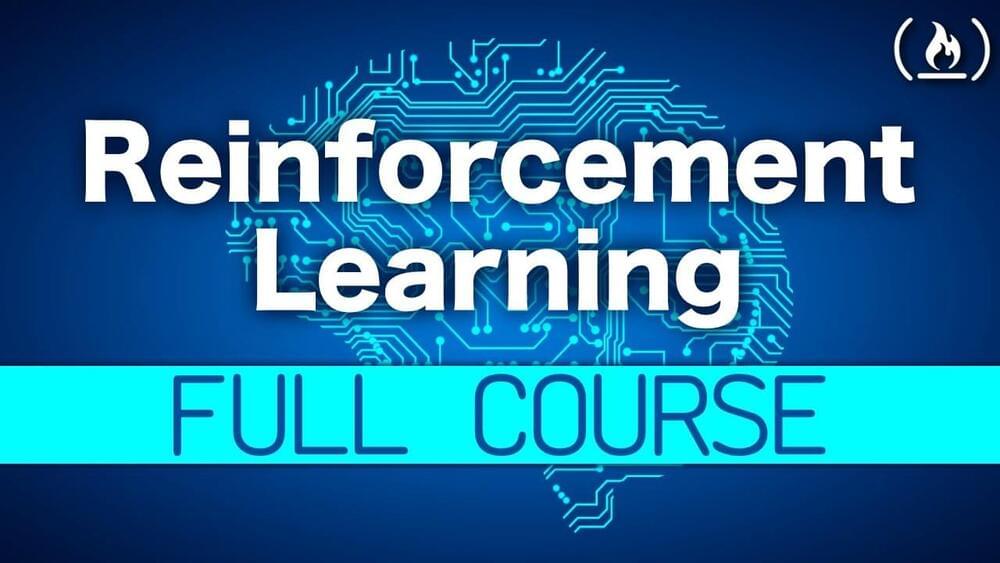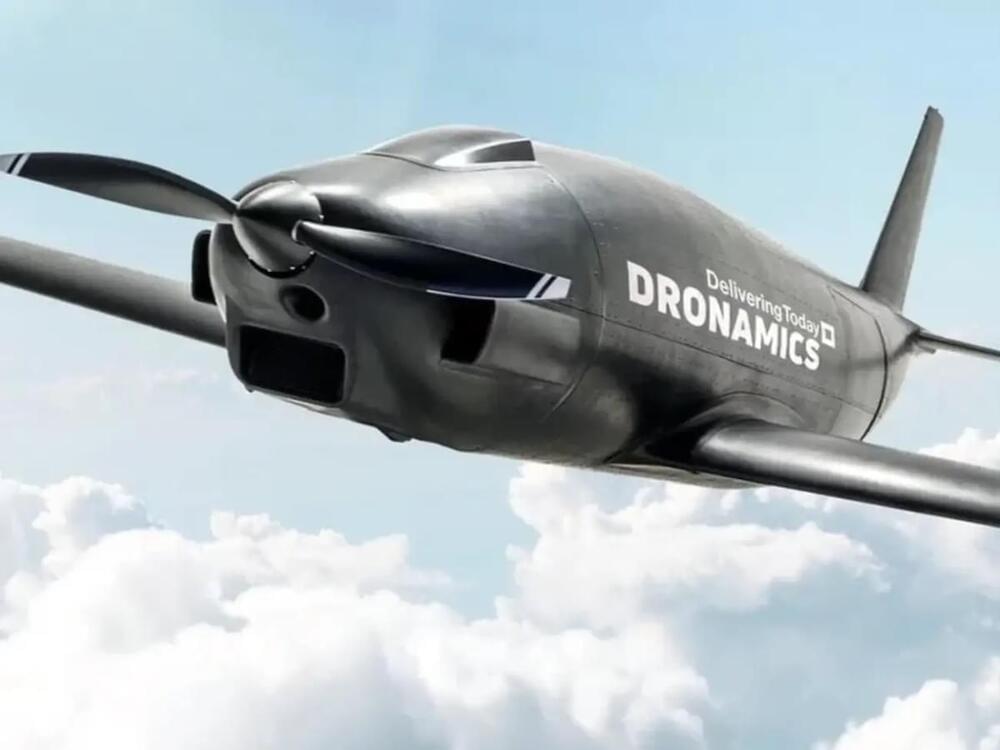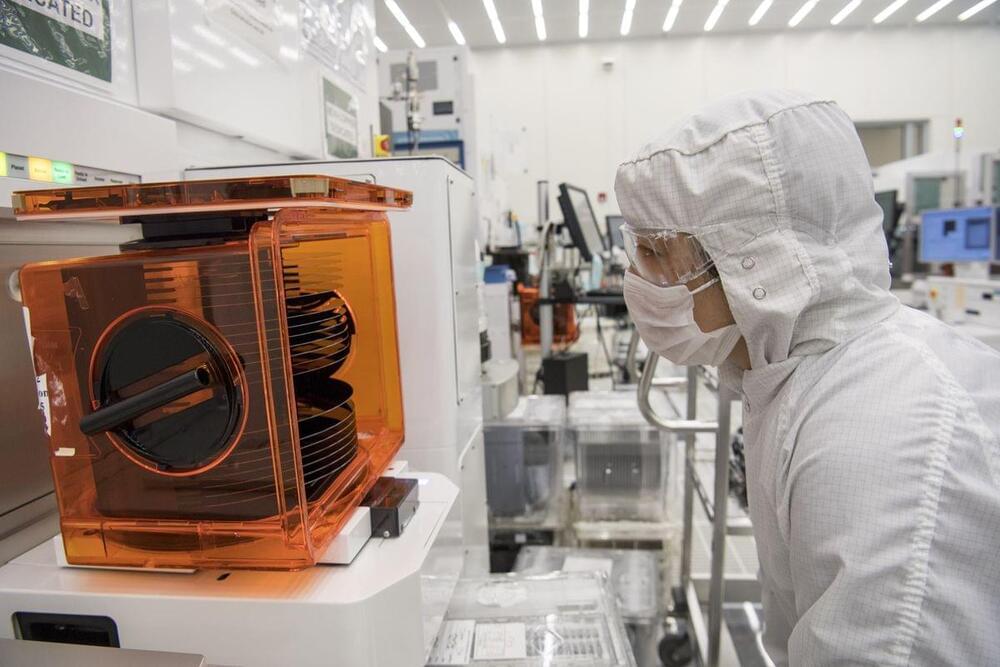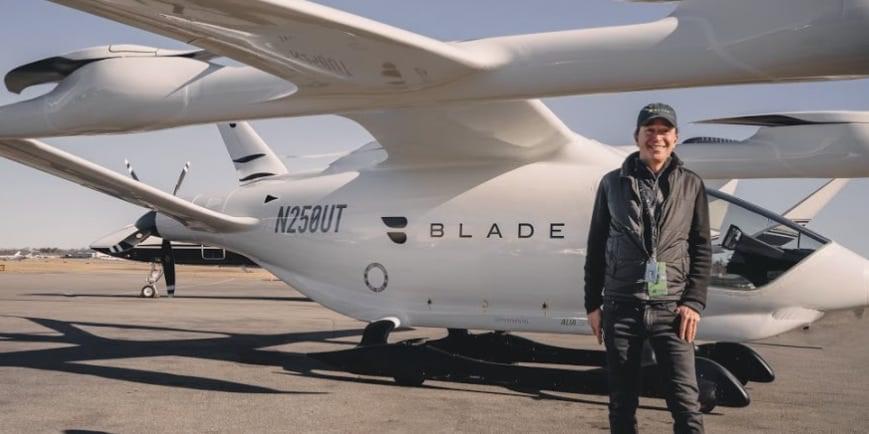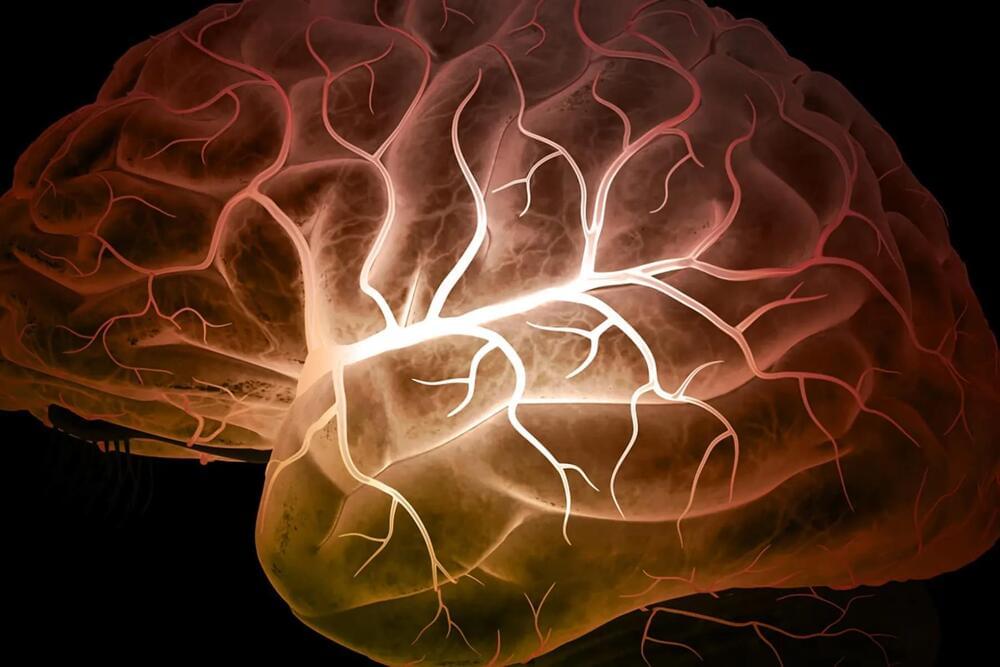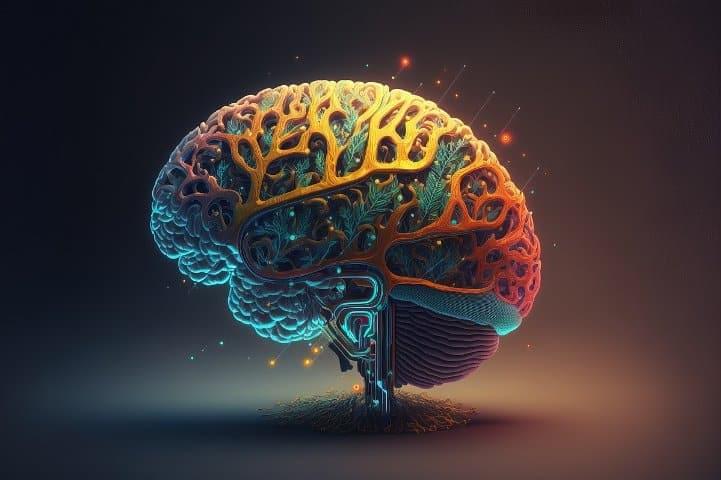This is NOT for ChatGPT, but instead its the AI tech used in beating GO, Chess, DOTA, etc. In other words, not just generating the next best word based on reading billions of sentences, but planning out actions to beat real game opponents (and winning.) And it’s free.
Reinforcement learning is an area of machine learning that involves taking right action to maximize reward in a particular situation. In this full tutorial course, you will get a solid foundation in reinforcement learning core topics.
The course covers Q learning, SARSA, double Q learning, deep Q learning, and policy gradient methods. These algorithms are employed in a number of environments from the open AI gym, including space invaders, breakout, and others. The deep learning portion uses Tensorflow and PyTorch.
